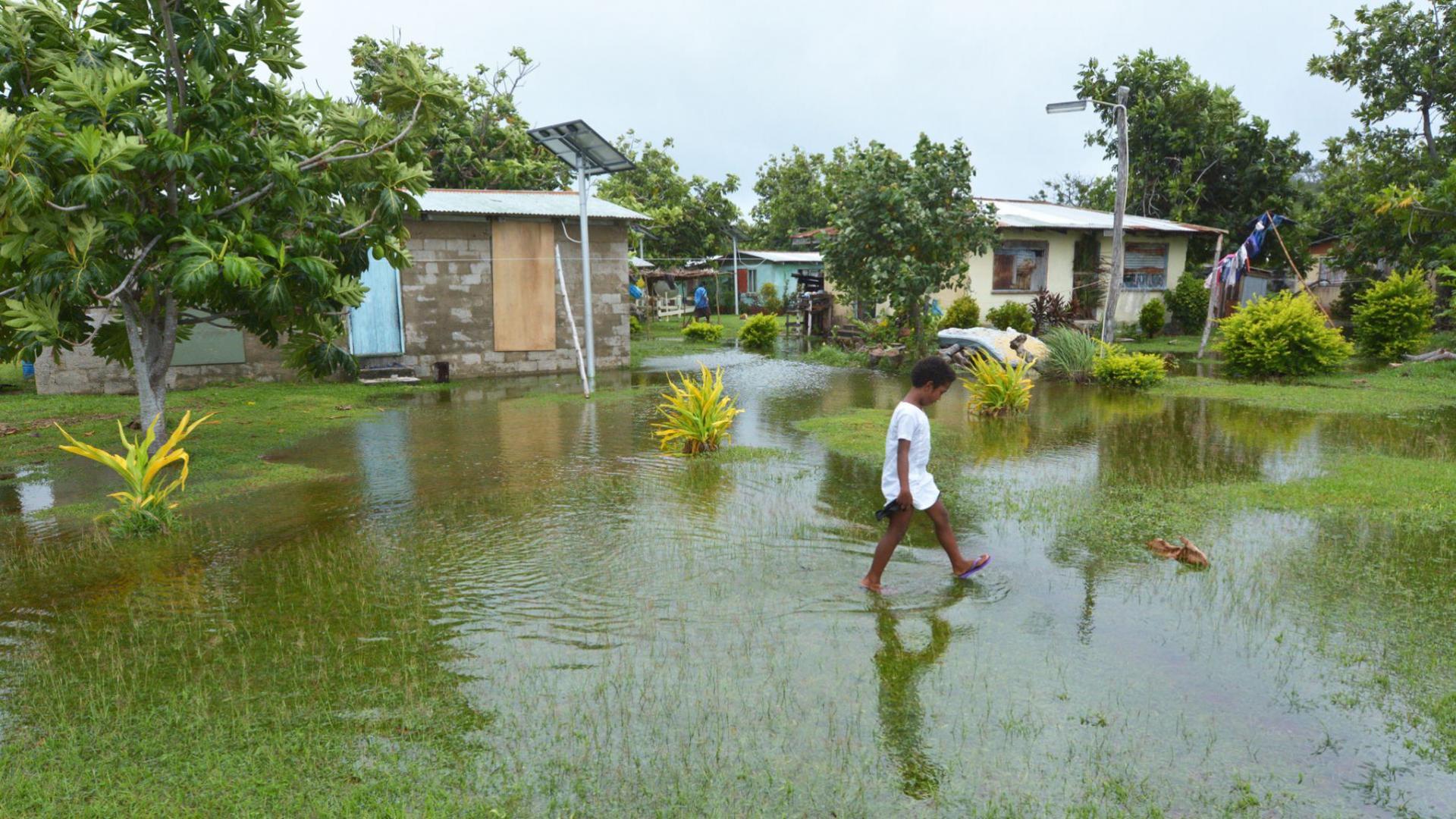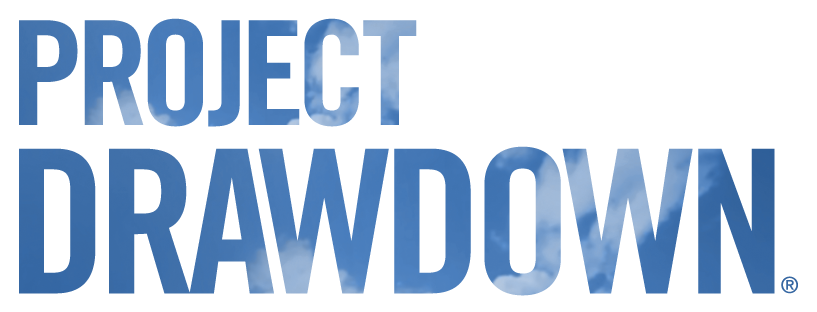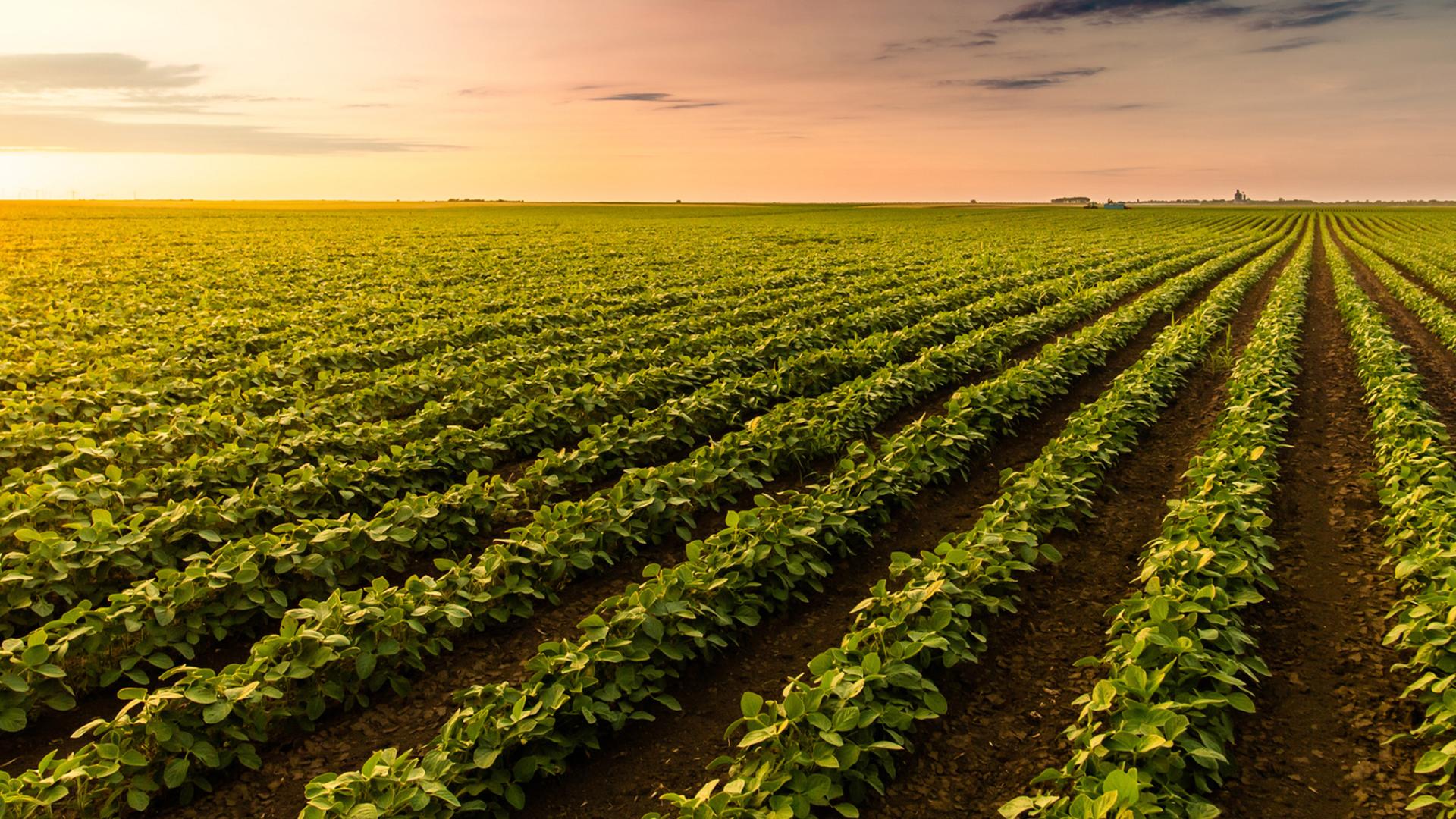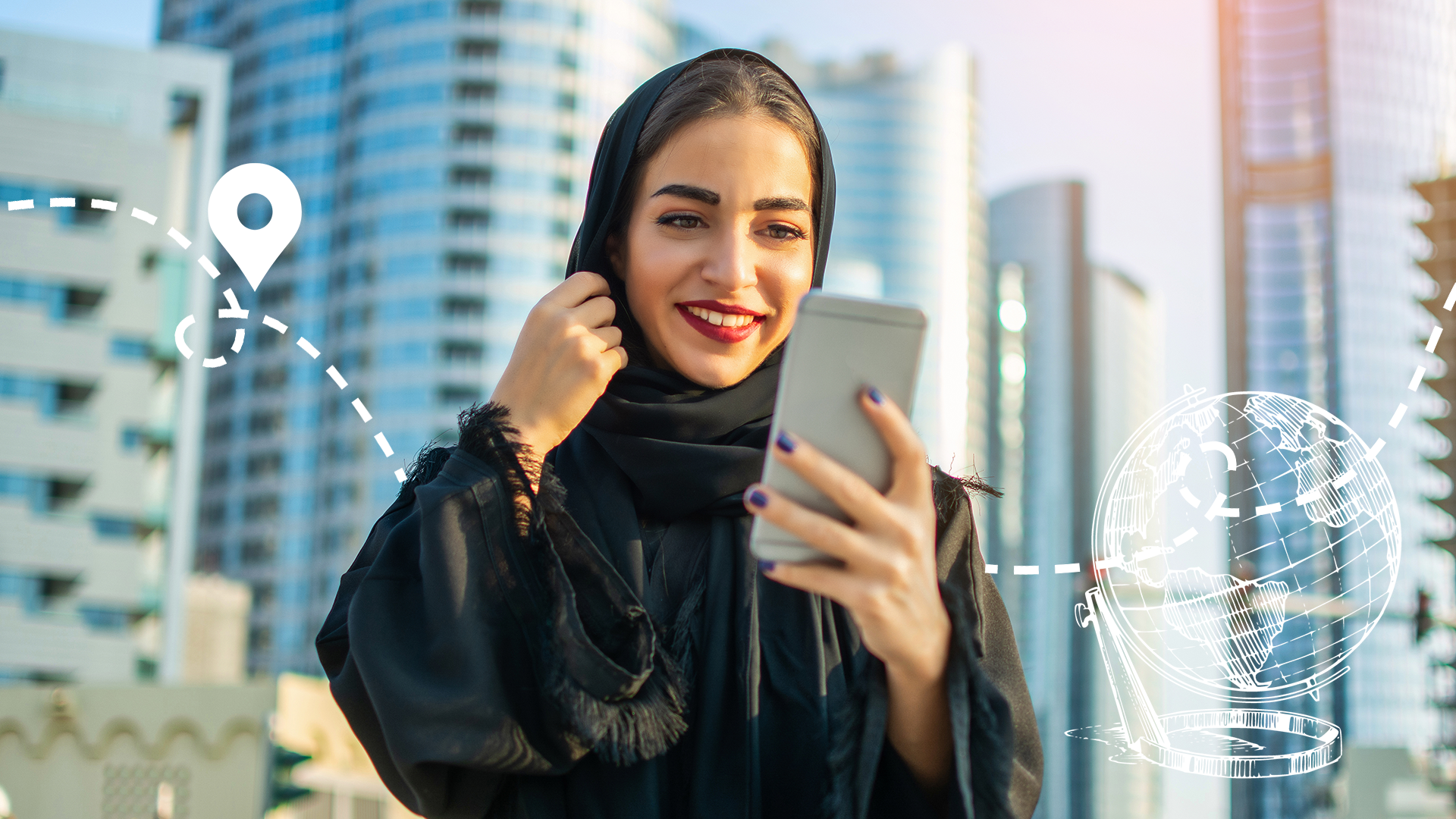Desperate for hope?
Linking human well-being and climate solutions is a way forward

Indigenous Fijian girl walking on flooded land in Fiji
Credit: Courtesy of ChameleonsEye, shutterstock.comThis article originally appeared on New Security Beat.
If raging wildfires, extreme drought, and superstorms haven’t made it clear, the latest IPCC report tells us in plain language: the world is poised for worsening climate impacts over the next 30 years. The report’s release—during an unprecedented pandemic and natural disasters that magnify the connections between climate, health, livelihoods, and human well-being—is a grim reminder of the fragility of life on Earth. There is hope, however: the winding links between climate, health, and well-being also present tremendous opportunities. What if, collectively, thought leaders, negotiators, practitioners, and policymakers in the climate, health, business, and international development communities could do a better job of advancing solutions that address these crises simultaneously? When climate, poverty alleviation, and human well-being are addressed together, a vision of a better future emerges like a beacon in the night.
Leaders from high-income countries—the source of most global emissions to date—reacted to the IPCC report with talk of bold actions, better collective efforts, and a renewed commitment toward decreasing greenhouse gas emissions and transitioning to cleaner energy.
At the same time, low-and middle-income countries (LMICs) and island nations—all of which are extremely vulnerable to climate change—continue to demand compensation, support, and rapid reduction in carbon dioxide emissions from industrialized nations. Last month, Muhammad Nasheed (ex-president of Maldives) said that the world should not forget “the fundamental injustice at the heart of this emergency.”
Given that LMICs are the most severely impacted by climate change—a scenario for which they are not responsible—it is important to ask how advocates ranging from youth leaders to government policymakers can build bridges that address climate change and the injustice of the climate emergency together.
People and institutions have historically avoided linking climate solutions and human well-being, but understanding how climate change compounds the risks facing the world’s most vulnerable populations is critical to understanding where the solutions lie. Recognizing this, Drawdown Lift—a program of our nonprofit Project Drawdown—was launched to identify and elevate “win-win” opportunities where initiatives and policies are making that critical connection. For more than three billion people—about half of the global population living in emerging economies—tackling climate change has become synonymous with addressing human rights, justice, and equity.
Centering basic human needs
Projections show climate change impacts to people in LMICs will be incredibly severe—hundreds of millions more people will experience poverty and food shortages, while nearly two billion people could face water shortages. Given emerging economies’ extensive reliance on natural resources and the environment for economic productivity, the GDP of some countries, like Madagascar, Nigeria, and Bangladesh, could shrink by more than 10 percent in the face of climate change. Lacking access to vital resources (including technology and finance), LMICs are already struggling to protect themselves from climate impacts that are likely to intensify.
Upholding and protecting basic human needs must remain at the heart of all climate justice work. One year after cyclone Ida hit Mozambique, Zimbabwe, and Malawi, tens of thousands were still without access to basic sanitation, adequate shelter, food, and healthcare. Unfortunately, the effects of climate change extend beyond the shock of extreme weather events. Deteriorating human well-being due to climate impacts often leads to more environmental damage. In the Sundarbans of India and Bangladesh—one of the largest mangrove forests in the world—frequent superstorms led to a decrease in agricultural lands due to crop destruction and loss of property. More than 70 percent of people there live below the poverty line and access to health care, clean water and sanitation, electricity, education, and food is limited. Frequent job losses have led to rapid deforestation as people resort to selling timber that can fetch high prices. Due to ongoing destruction of life-saving, carbon-storing mangrove forests by cyclones and timber harvesting, the Bengal Basin—–one of the most densely populated regions in the world—–has become even more vulnerable to powerful storms.
Hard-won Hope
Despite continuous global climate injustices and heartbreaking facts and figures, the IPCC report presents a ray of hope. Through coordinated efforts and cooperation, we can stabilize the global temperature below 1.5 degrees Celsius above pre-industrial levels. But this isn’t possible without climate-informed solutions that also meet the essential human needs of the approximately half of the global population that live in LMICs.
If emerging economies aren’t supported in their efforts to pursue climate-smart development pathways, they will resort to building and maintaining electricity and transportation systems that rely on fossil fuels. Unless significant financial and technological impetus is provided to the renewable energy sector, most of the new electricity generation in Africa by 2030 will be fossil fuel based which will hinder achieving drawdown. Both the population and economy of Africa is projected to grow at the fastest rate of any region in the coming decades. Access to energy is a fundamental right of all people, and it is the responsibility of historical carbon emitters to support emerging economies in deploying clean energy to meet their fundamental human needs, grow their economies, and boost the health of their populations.
Climate and poverty alleviation champions, local community members and experts worldwide must hold their leaders accountable—across the private sector, government, business, and NGO communities—for ensuring that LMICs have the resources needed to adapt to extreme weather while also implementing climate solutions as quickly as possible. To the high-income nations that agreed to provide $100 billion in annual funding to LMICs in support of clean energy and climate adaptation—where is the money? We should all feel the urgency to support communities bearing the brunt of climate impacts—both in our neighborhoods and across our global community. It’s time to integrate and uplift solutions that address human well-being and climate change, centering those most impacted, as we chart the course for a safer, more equitable future. It’s time to build a world where everyone has the chance to thrive.
Yusuf Jameel, PhD, is a multidisciplinary environmental scientist with experience in water resources, public health, big data analytics, and science communication. As the Research Manager for Drawdown Lift, Yusuf leads research and analysis into win-win solutions that address climate change and improve human well-being.
Carissa Patrone, MPA is a passionate connector who enjoys finding and amplifying the interconnectedness and synergies of all things. Carissa is the Program Coordinator of Drawdown Lift, where she advances partnership engagement and written communications that support the intersection of climate solutions, improvement of human well-being, and poverty alleviation.
Kristen P. Patterson, MS, MPH is an innovative leader focused on finding equitable solutions to global challenges that improve people’s lives. As the director of Drawdown Lift, Kristen leads efforts to advance climate solutions that improve human well-being and alleviate poverty in emerging economies in sub-Saharan Africa and Asia.
Sources: Amnesty International, BBC, Government of India, Government of West Bengal, GreenBiz, Intergovernmental Panel on Climate Change, Nature Energy, News Laundry, Project Drawdown, United Nations, United Nations Development Program.
Press Contacts
If you are a journalist and would like to republish Project Drawdown content, please contact press@drawdown.org.



